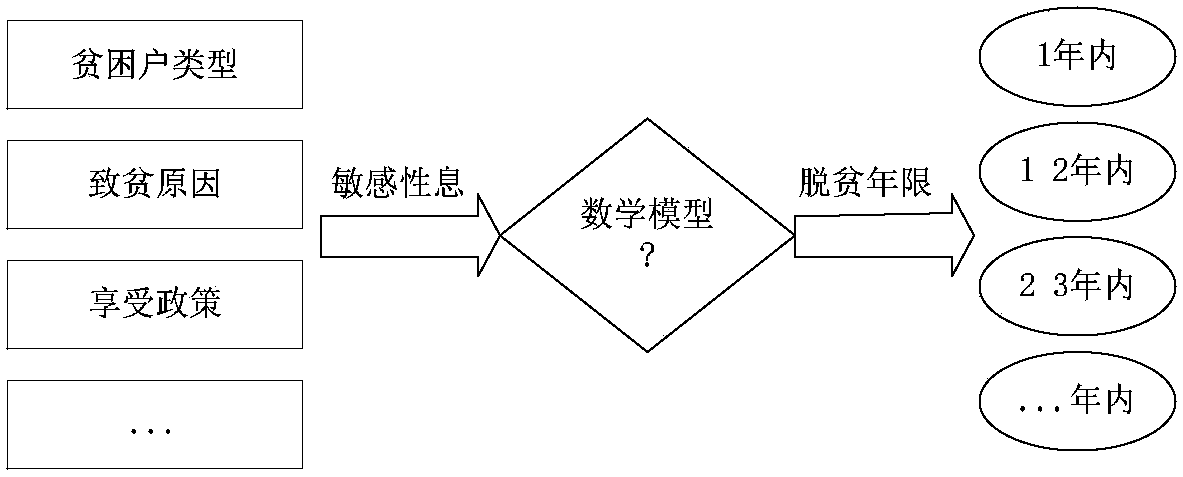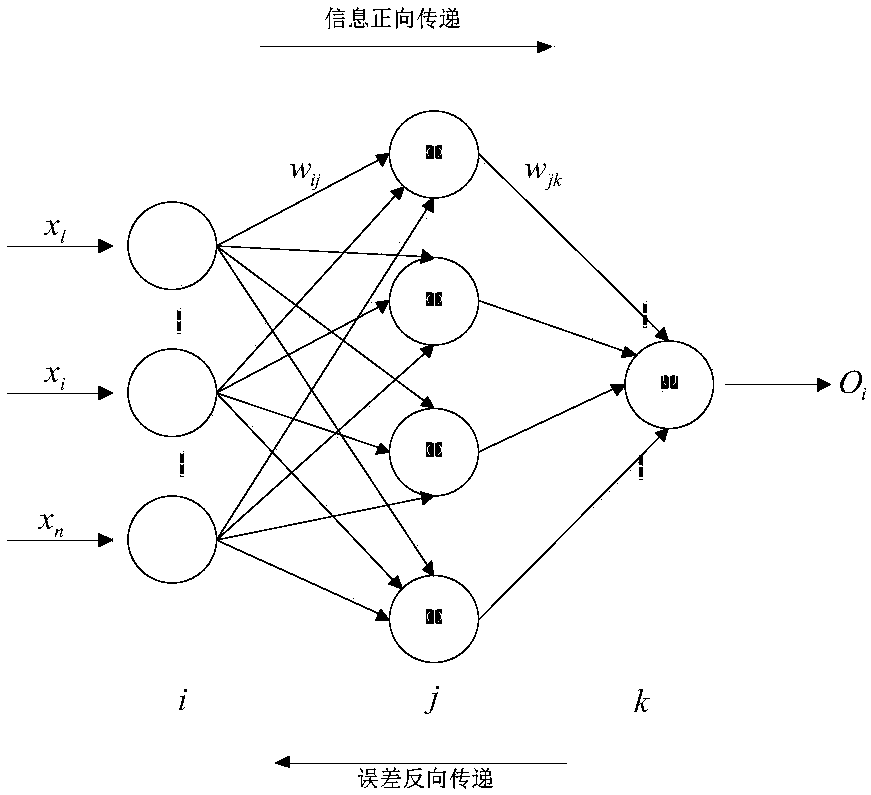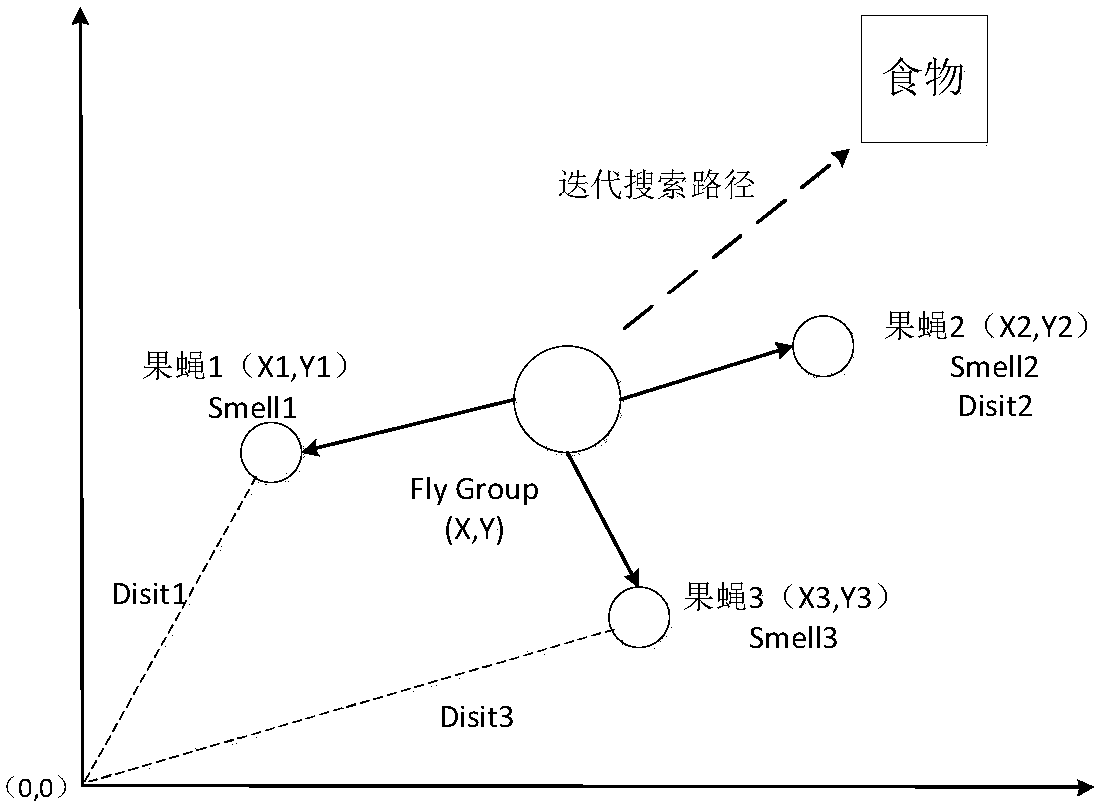Improved FOA-BPNN poverty-overcoming time predicting method
A technology of time prediction and prediction model, applied in prediction, neural learning methods, instruments, etc., can solve the problem of rare time prediction for poor households to get rid of poverty, so as to improve the unbalanced allocation of resources, improve the efficiency of assistance, and improve the accuracy rate. Effect
- Summary
- Abstract
- Description
- Claims
- Application Information
AI Technical Summary
Problems solved by technology
Method used
Image
Examples
Embodiment Construction
[0014] In order to facilitate those of ordinary skill in the art to understand and implement the present invention, the present invention will be described in further detail below in conjunction with the accompanying drawings and embodiments. It should be understood that the implementation examples described here are only used to illustrate and explain the present invention, and are not intended to limit this invention.
[0015] In order to discover the hidden rules in the poverty alleviation process of the poor households, the present invention extracts the basic information of the poor households that have been lifted out of poverty and a series of assistance measures they have accepted in the process of poverty alleviation, and conducts preliminary classification statistics on the attributes of the above poor households and tries to Mapping this to local policy reveals:
[0016] (1) Each policy introduced by the local government has different poverty alleviation effects on ...
PUM
 Login to View More
Login to View More Abstract
Description
Claims
Application Information
 Login to View More
Login to View More - R&D
- Intellectual Property
- Life Sciences
- Materials
- Tech Scout
- Unparalleled Data Quality
- Higher Quality Content
- 60% Fewer Hallucinations
Browse by: Latest US Patents, China's latest patents, Technical Efficacy Thesaurus, Application Domain, Technology Topic, Popular Technical Reports.
© 2025 PatSnap. All rights reserved.Legal|Privacy policy|Modern Slavery Act Transparency Statement|Sitemap|About US| Contact US: help@patsnap.com



